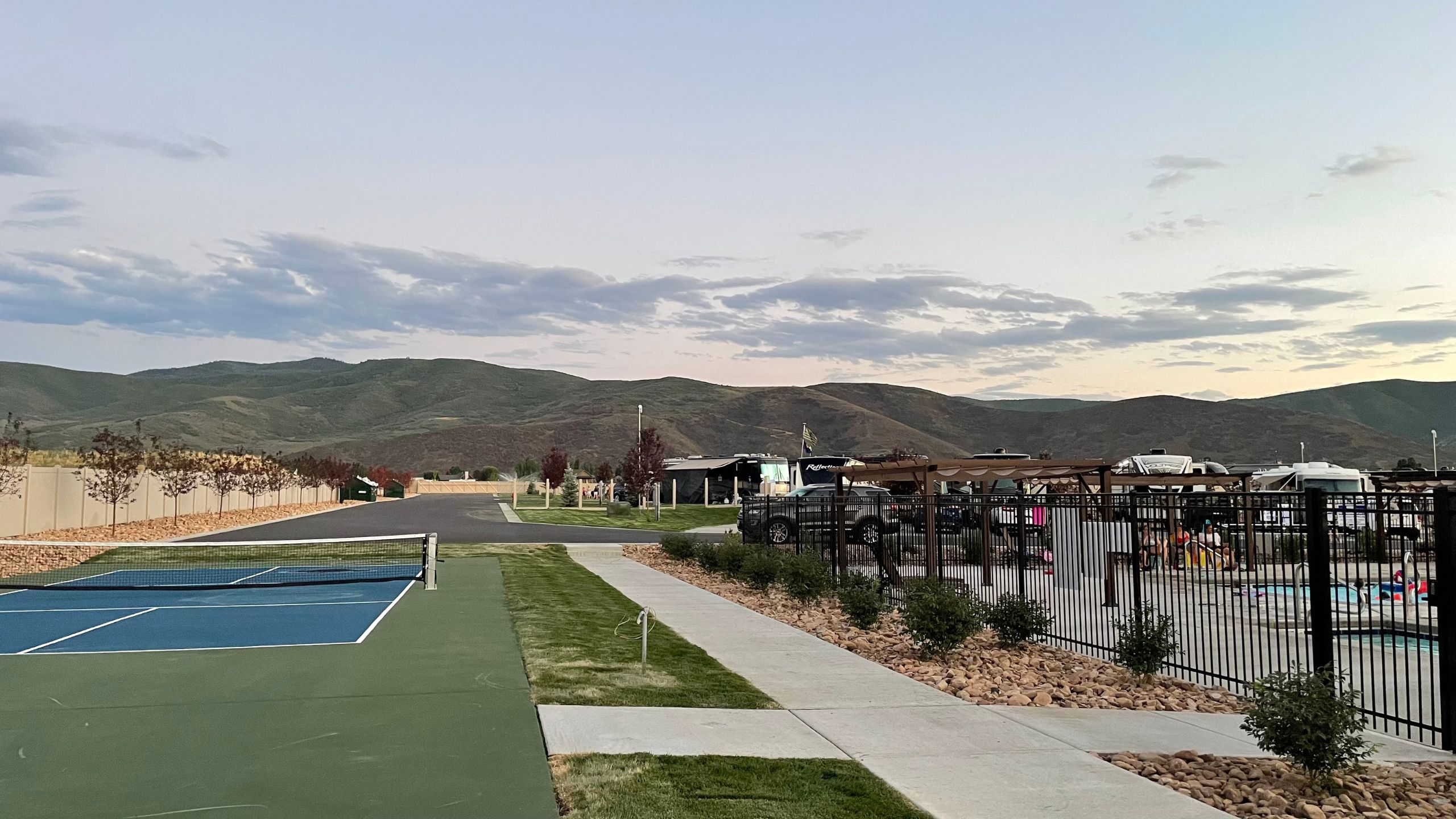
The Top 7 Marketing Mistakes Campgrounds Make (And How to Fix Them)
Running a campground, RV resort, or glamping property is a full-time job. Between managing staff, maintaining sites, and upgrading amenities, marketing often gets pushed to the back burner. But here’s the truth: even the best property in the world can sit half-empty if its marketing is weak.
And too many outdoor hospitality businesses are falling into the same traps.
At Meet at Basecamp, we’ve audited dozens of properties, and we see the same missteps costing owners occupancy and revenue again and again. The good news? Each mistake has a clear fix. Here are the seven biggest marketing mistakes campgrounds make — and how to avoid them.
1. Ignoring Branding
The Mistake: Treating your campground like a utility instead of a brand. A name, a logo, and a few stock photos slapped on a website don’t make a brand. Guests want to book a story, not just a site.
The Fix: Develop a strong brand identity that reflects your experience. That means consistent visuals, a clear message, and storytelling that makes guests feel something.
Example: AutoCamp didn’t invent Airstreams. What they did was build a brand around sleek design, aspirational photography, and a premium lifestyle. Guests pay hundreds per night for an experience that looks and feels elevated.
📌 Action Step: Audit your brand. Does your website, signage, and social media feel cohesive? If not, start there.
2. Running an Outdated Website
The Mistake: Clunky, slow websites that aren’t mobile-friendly. Nothing kills bookings faster. Studies show 70% of guests leave sites that aren’t optimized for mobile.
The Fix: Invest in a modern, mobile-first website with an integrated booking engine. Guests should be able to see availability and book in 2–3 clicks.
Example: Campspot reports properties see up to a 48% lift in direct bookings when upgrading to a modern booking engine.
📌 Action Step: Test your website on your phone. If you can’t find your rates, photos, and booking button in under 10 seconds, it’s costing you revenue.
3. Relying Too Heavily on OTAs
The Mistake: Letting Hipcamp, Airbnb, or Booking.com own your bookings. OTAs (Online Travel Agencies) are great for discovery — but if 80–90% of your bookings come through them, you’re losing up to 20% in commission every time.
The Fix: Use OTAs for visibility, but convert guests to direct bookings for future stays. Incentivize direct rebooking with discounts, perks, or loyalty programs.
Example: A glamping property in Oregon cut OTA reliance from 90% to 45% by offering OTA guests a “Book Direct & Save” loyalty discount on their next stay. They saved thousands in commission fees.
📌 Action Step: Add a rebooking card to your welcome kit: “Love your stay? Book direct next time and save 10%.”
4. Skipping SEO and Digital Ads
The Mistake: Hoping guests “just find you” online. If your property doesn’t appear when someone searches “RV resorts near [city],” you’re invisible.
The Fix: Invest in SEO and paid ads.
- SEO: Create location- and experience-based content like “Family-Friendly RV Parks in [Region].”
- Google Ads: Capture high-intent searches like “cabins with hot tubs near Asheville.”
- Meta Ads: Use aspirational photography of yurts, cabins, and firepits to drive clicks.
Example: AutoCamp invests heavily in social ads, using lifestyle imagery that sells the experience, not just the site.
📌 Action Step: Set aside a digital ad budget — even $500/month can fill off-peak weekends if campaigns are targeted well.
5. Underestimating Photography & Video
The Mistake: Using outdated, low-quality photos — or worse, none at all. Guests shop with their eyes, and bad visuals make even the best property look second-rate.
The Fix: Invest in professional photography and video. Showcase experiences: families at the campfire, couples enjoying a cabin, kids exploring trails.
Example: Getaway built its brand on minimalist but emotional imagery of tiny cabins in nature. Their photos sell peace, escape, and simplicity.
📌 Action Step: Update your visuals every 2–3 years. Focus on lifestyle shots, not just empty sites.
6. Ignoring Reviews and Reputation
The Mistake: Hoping guests leave reviews on their own — or worse, ignoring negative feedback. Reviews drive booking decisions more than amenities do.
The Fix: Ask for reviews consistently and respond to them professionally. Highlight positive reviews on your site and social channels.
Example: Hipcamp thrives on guest-generated reviews and photos. That transparency builds trust at scale.
📌 Action Step: Train staff to ask for reviews at checkout, and automate post-stay emails with links to Google and TripAdvisor.
7. Not Tracking ROI
The Mistake: Spending money on ads, events, or upgrades without tracking what actually works. If you don’t measure ROI, you’re flying blind.
The Fix: Use data to make smarter marketing decisions.
- Google Analytics: Track which channels drive bookings.
- Booking engine reports: Monitor conversion rates.
- Surveys: Ask guests how they found you.
Example: A luxury RV resort in Arizona discovered through tracking that their Google Ads outperformed social by 3x. They reallocated spend, filling premium sites during shoulder season.
📌 Action Step: Shift from vanity metrics (likes, clicks) to booking-focused metrics (cost per booking, repeat rate).
Final Thought
Your amenities might be great. Your property might be beautiful. But if your marketing is full of holes, you’ll never reach your potential.
The campgrounds and RV resorts that thrive are the ones who:
- Build strong, memorable brands.
- Run modern websites with seamless booking.
- Balance OTAs with direct channels.
- Invest in SEO, ads, and visuals.
- Protect their reputation and track results.
Avoid these mistakes, and you won’t just fill sites — you’ll build a brand that keeps guests coming back.👉 Want to see where your property’s marketing is falling short? Request a free Marketing Audit with Meet at Basecamp.



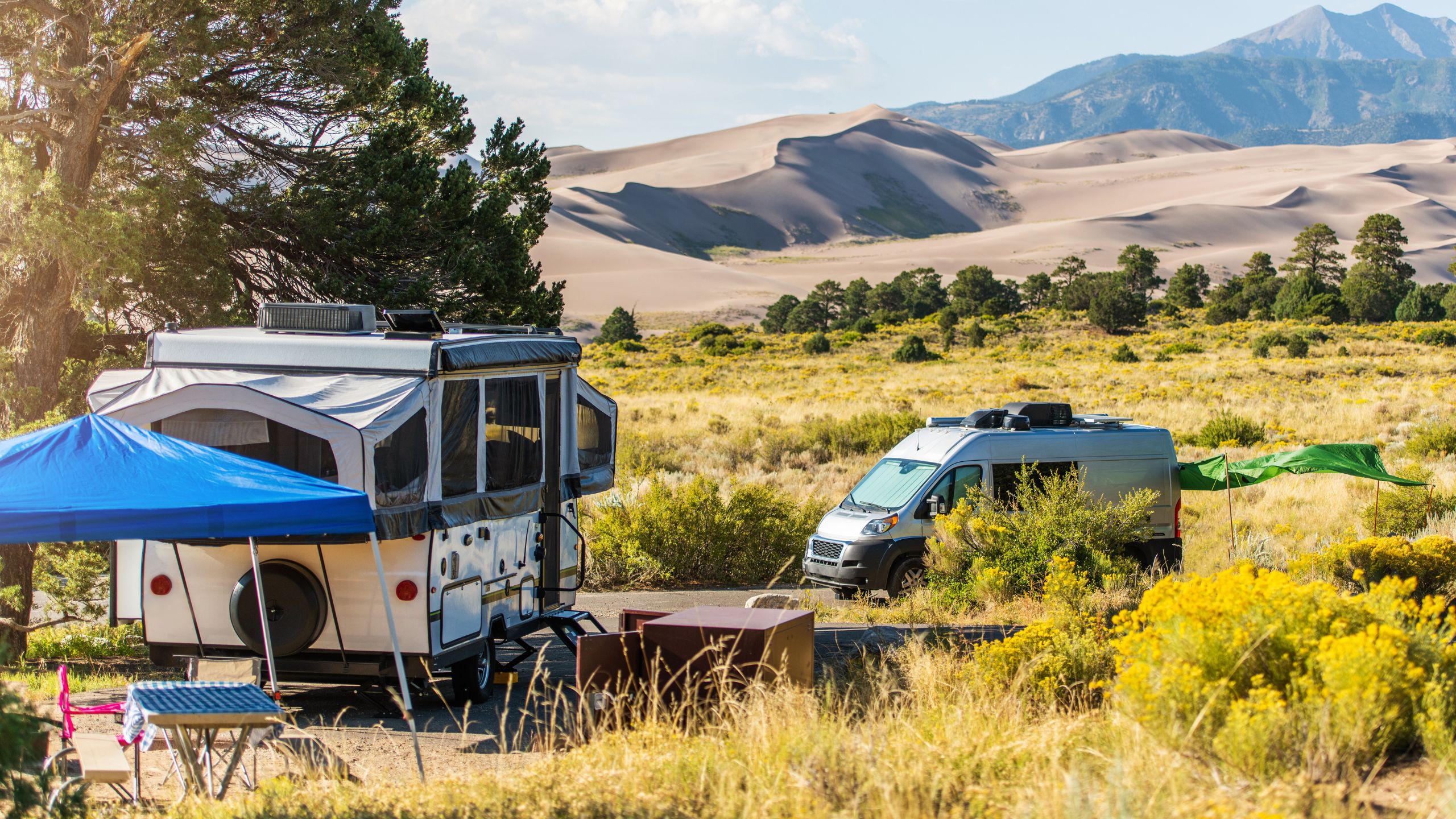
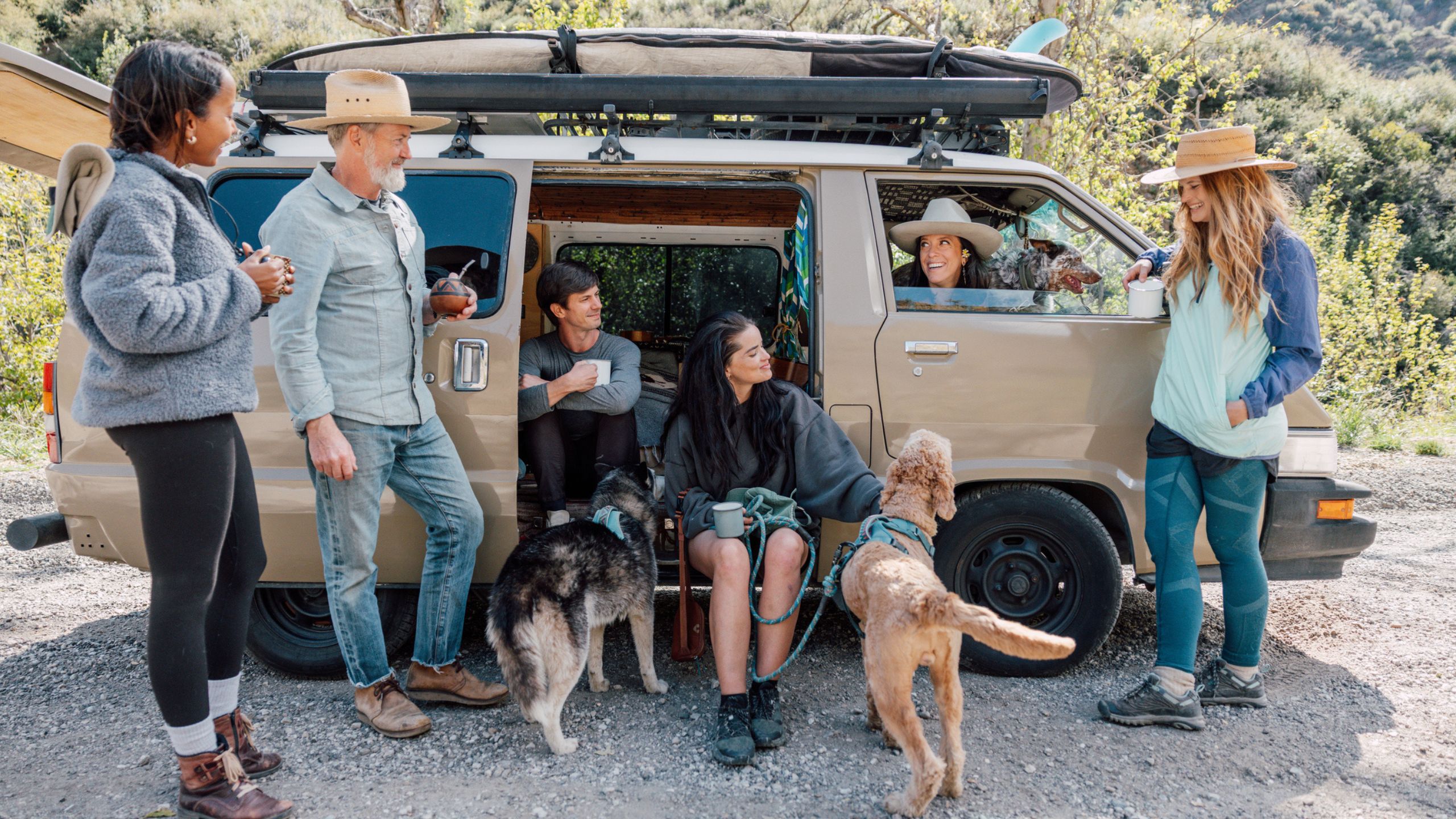
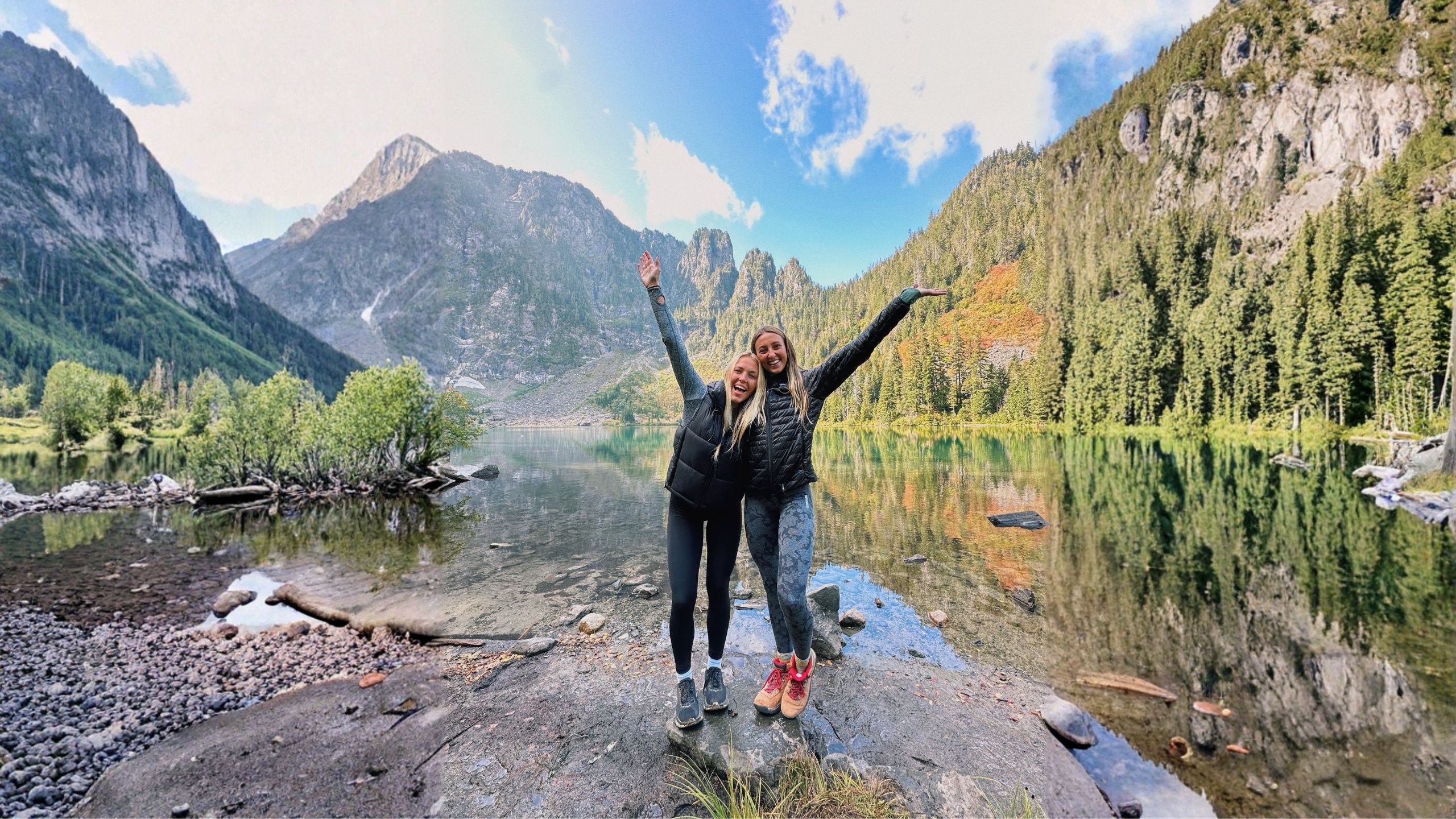
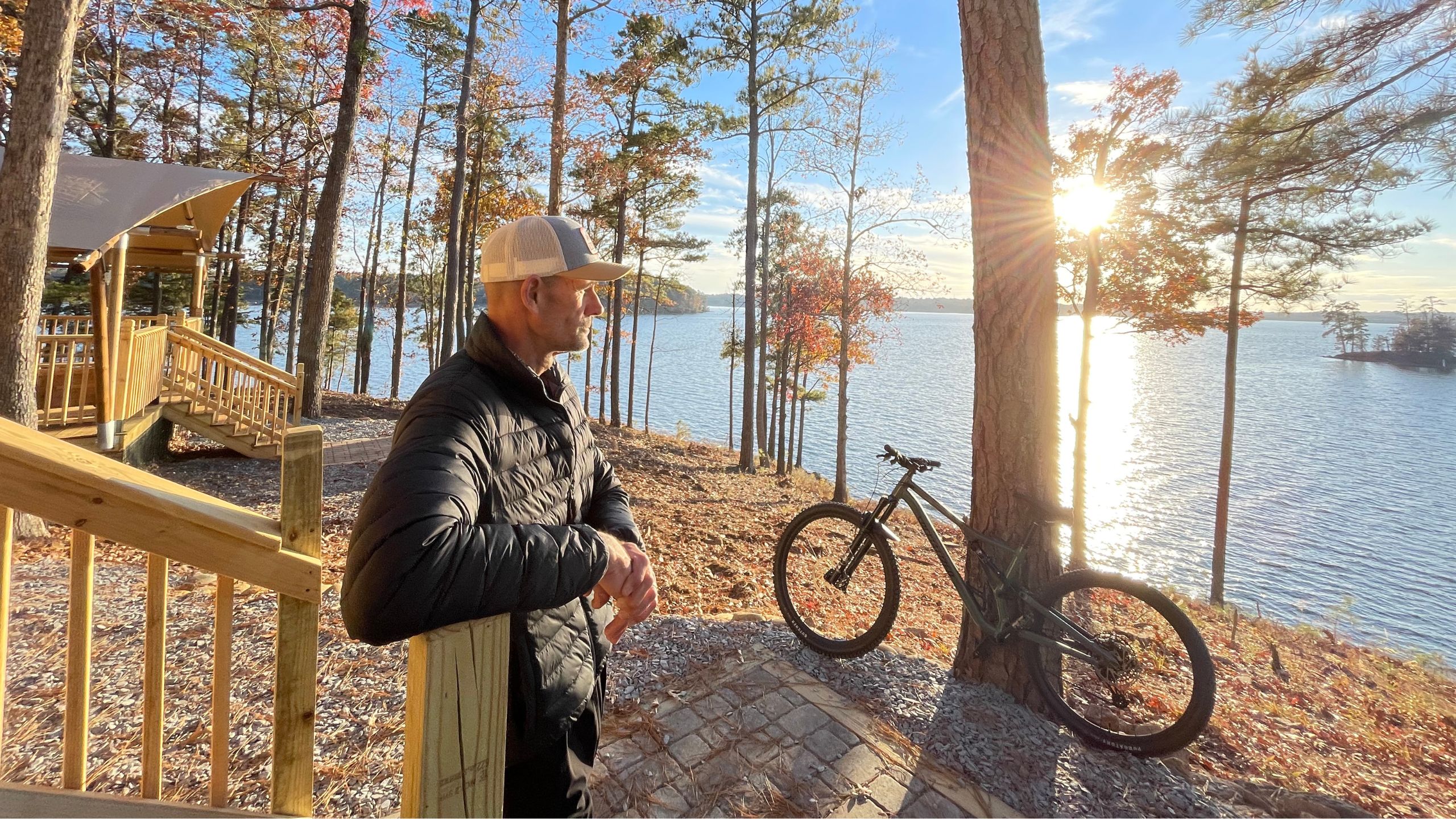
Leave a comment: